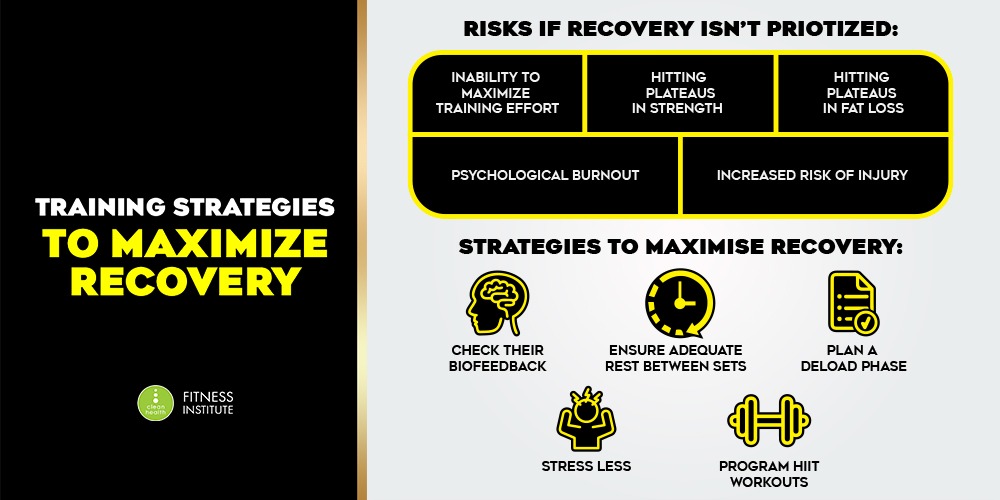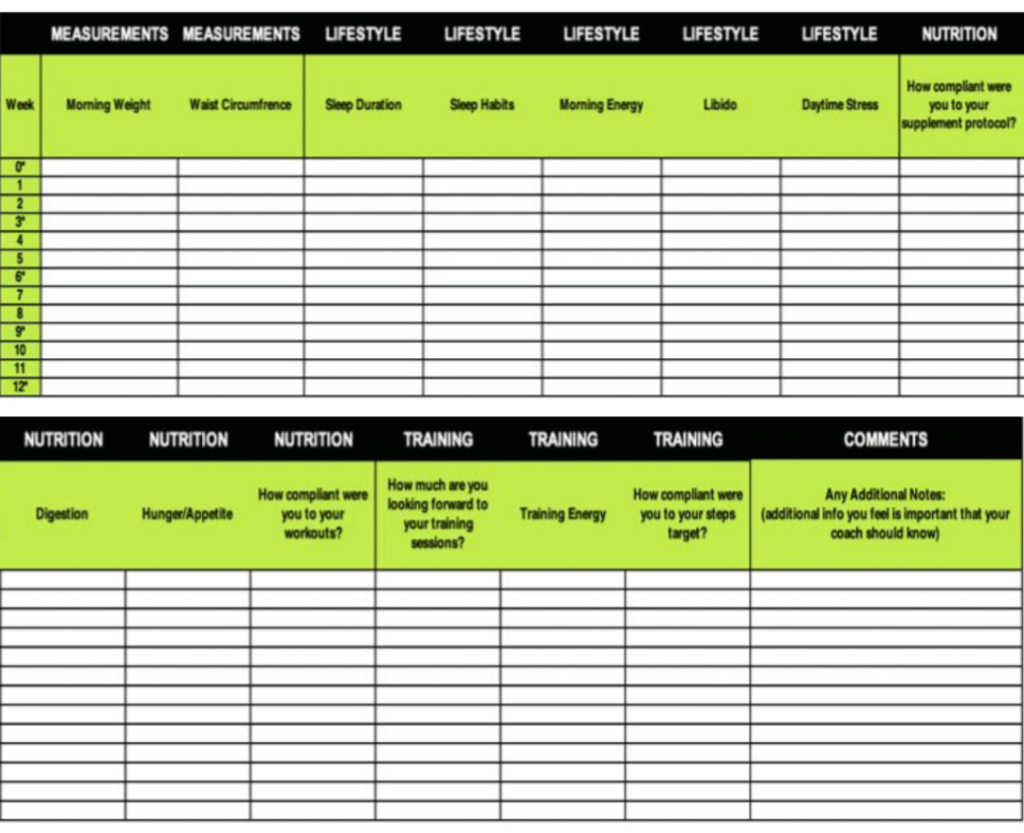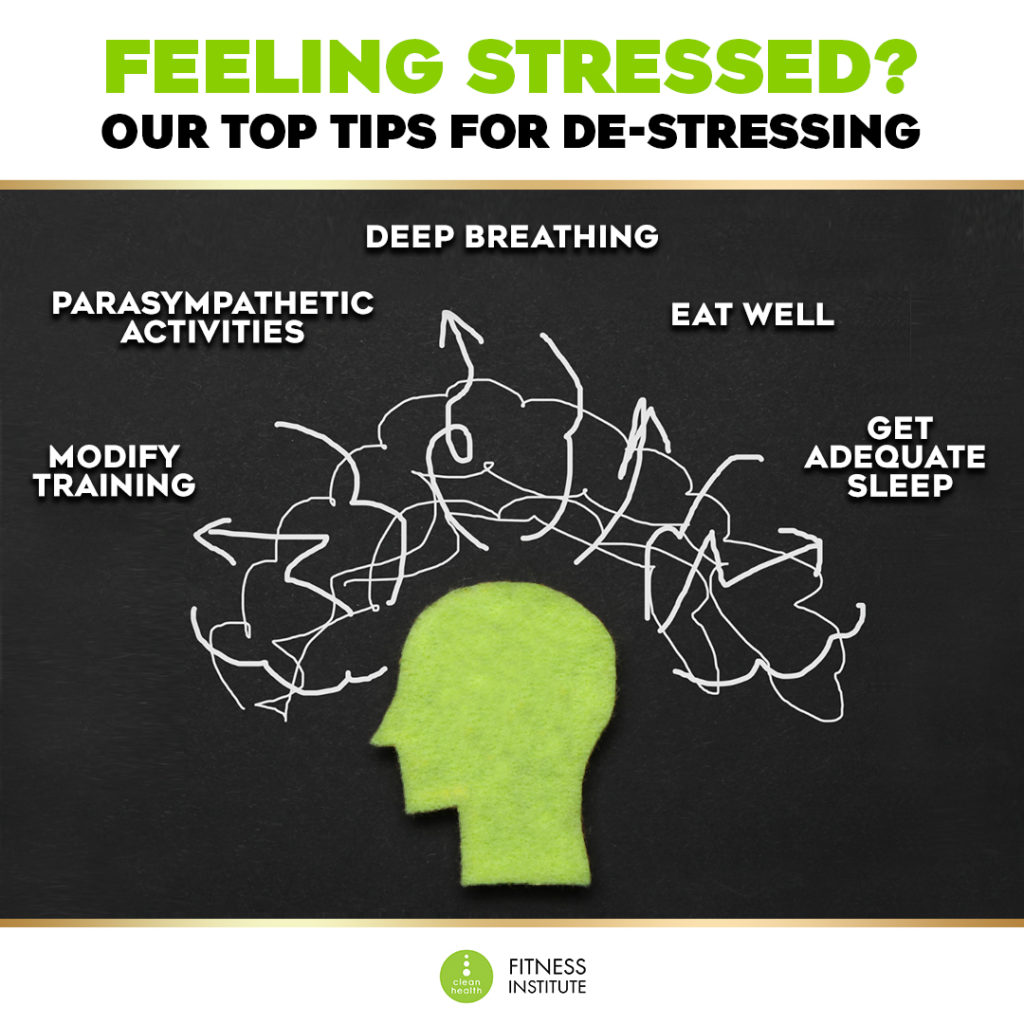
Written by Kim Leggett (Clean Health Online Master Coach)
As a coach, one of your most important roles in setting up your clients program is to ensure they are managing recovery. This is because their training program should and will demand a specific amount of effort and intensity in order to get them to their goal, no matter if it is strength, hypertrophy or fat loss related.
We go further into depth about the importance of recovery & strategies for recovery in the Strength System International Certification online courses! Click here & save up to 70% off with our EXTENDED Cyber Monday Sale!
There are significant risks if you don’t focus on proper recovery, including:
- Inability to MAXIMIZE training effort
- Hitting PLATEAUS in strength
- Hitting PLATEAUS in fat loss
- Psychological BURNOUT
- Increased RISK of INJURY
What are some training strategies to maximise your clients recovery?
Check their BIOFEEDBACK
Look out for the tell tale signs of burnout, metabolic adaptations and a slump in training morale. By doing this you are not only doing your due diligence as a coach by ensuring your client is optimising their training capabilities but you are also getting ahead by looking out for any roadblocks to their progress.
If you see signs of fatigue or motivation starting to dwindle, it is most definitely time to either give the client a diet break/refeed or modify the training program. The risk of continuously pushing a client when they’re under-recovered is burnout or injury- neither of which you want to occur.

Ensure adequate rest between sets
If you’re under recovering, you’re under performing. If your client is training for strength as an example, you will want to minimise the amount of CNS fatigue during a workout and ensure they are having adequate rest between sets. For beginners and intermediate lifters this is recommended between 3 to 5 minutes with more advanced lifters anywhere up to 10 minutes.
Plan a deload phase
A deload is a designated period of training where training volume and/or training intensity is reduced in order to boost recovery whilst allowing the client to continuously train at a given capacity. A lifter may typically use this at the end of a 4, 8 or 12 week training block so that they are not entering a state of detraining but are giving their body a chance to recover.
Stress less
Lifestyle stress can also be a stressor. Emotional stress, financial instability, a lot of these things that cause stress in our everyday life can also cause this effect on our bodies. The adaptation that someone has to a stressor depends on how stressful their environment is. There seems to be a limited amount of adaptation energy, meaning that if people are overwhelmed with stressors, then they won’t be able to adapt as well when other stressors arise at the same time. This means that if the lifestyle factors are adding up, then our ability to recover from hard sessions might be impacted.

Ensure you are eating enough high-quality food
Purposeful tactics are required to ensure adequate recovery from training. A classic nutritional recommendation for clients is the importance of muscle glycogen replenishment and post-exercise carbohydrate intake which is critical to synthesise muscle glycogen. If your clients goal is strength and hypertrophy alone, such a nutritional strategy is very important in ensuring your client is maximising the targeted training effect.
Fat loss clients however may need to ensure they are eating appropriate amounts of micronutrients as well as following their prescribed macronutrient targets in order to elicit the appropriate response. For these clients, biofeedback and constant monitoring of their progress is key in knowing when best to implement a diet break or period of higher calories to bust through any plateaus.
Program HIIT over LISS
Yes, that’s right higher intensity over steady state. Research shows high-intensity interval training elicits several physiological adaptations that aid in recovery, including improved VO2 max and an increased buffering capacity. However, to elicit these improvements, there are several important considerations for the exercise program (1). The intensity of intervals should be high (~90 to 95 percent of maximal heart rate), but not maximal. The duration of interval bouts should equate to two minutes with a shorter recovery period (e.g., one minute). The number of interval bouts can range from three to 12 per session; and the number of high-intensity interval training sessions per week can range from one to three with at least 48 hours between sessions.
As a coach you should be able to recognise that current and future clients will spend more time throughout the week in training recovery compared to actual exercise training. Although this may sound counterintuitive it is important to remember that if your client is under recovered they are under performing – so ensuring that you are planning and prioritising recovery into their programming will get you the most out of your client!
References:
- Dalleck, L. (PhD). (2020). The Science of Post-Exercise Recovery. American Council of Exercise. Retrieved from: https://acewebcontent.azureedge.net/SAP-Reports/Post-Exercise_Recovery_SAP_Reports.pdf
- Oreb, Sebastian. (2020). Strength Systems International Certification Level 1. Clean Health Fitness Institute.






